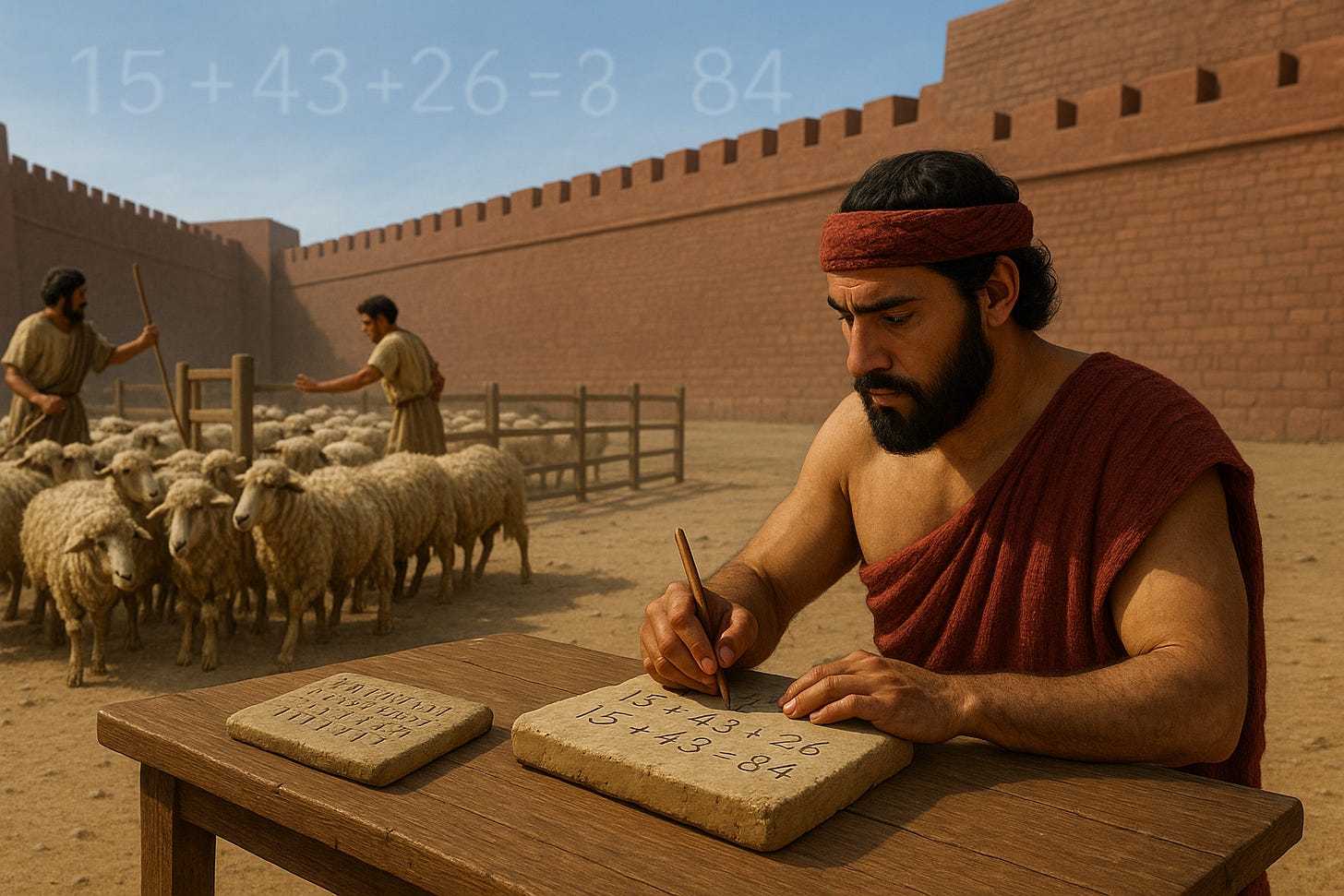Am I Biting Off More than I Can Chew Here?
À propos of figuring out how to enable students to enrich their lives and provide value to their employers, as they live as free people do, by their wits, in having lives and careers as good front-end nodes to and in the real rather than the fake ASI—the Anthology Super-Intelligence that is the collective human Mind we have been building for the last five thousand years—in the attention info-bio tech age that is now at hand. That is the hidden curriculum. The visible curriculum will be: Quantifying the long arc: from chimp ancestors to attention-tech economies as data science meets economic history with counterfactuals covering growth, institutions, inequality and much MOAR…
You think I am going to be biting off more than I can chew here?:
Econ 196 :: Spring 2026
Time: TuTh 1-3pm
Room: XXXX XXX (30 seats)
TITLE: Quantitative Long-Run Global Economic History
DESCRIPTION: What, quantitatively, do we actually know about the long-run shape of global economic history? And what can we say about how reasonable counterfactual simulations of alternatives can add to our knowledge?
In our modern information-technology age, we can do many more kinds of analysis much more quickly and deeply and broadly than we ever could before. We ought to be able to use these tools beyond simple counting—the tools of sampling, estimation, forecasting, simulation, classification, and so on that make up what is now “Data Science” as the coming-together and then expansion of statistics with operations research and economics—to know more and to know in new ways.
This course will cover the standard long-run picture, as set out by Melissa Dell in her “History of Economic Growth” Harvard Econ 1342 and Robert Allen in his “Global Economic, Political & Social Development” NYU-Abu Dhabi SOCSC-UH 1011. It will cover:
Our ancestors’ separation from chimpanzee ancestors six-million years ago,
the evolution of behavioral modern humans (perhaps) a hundred-thousand years ago,
the coming of agriculture ten-thousand years ago,
the agrarian age and its societies of domination up to 1500,
the first globalization and the societies of the imperial-commercial age up to 1770,
then the coming of industrialization and full globalization in the following century;
followed by, successively, the economies of the:
steampower,
applied-science,
mass-production,
globalized value-chain,
and now attention info-bio tech modes of human economic life.
It will cover:
the sources of and blockages to industrialization and economic growth across time and space,
the origins and maintenance of large-scale inequality within and across societies,
the social and political impacts of economic growth,
the role of economic incentives and political institutions in underpinning and retarding economic progress,
and other similar questions.
But it will cover it from a pedagogical-experimental angle that attempts to use “Data Science” estimation and counterfactual simulation tools to the max, to the extent that that can be done with a student body that has had little or no exposure to those tools beforehand.
And the hope is that in the process the course will generate teaching materials that will allow the course’s subsequent scaling-up to 150 people, or more—with enough of a Royal Road that students coming from the humanities-literary side of C.P. Snow’s “Two Cultures” will find it friendly and approachable and leaern stuff, and enough analytical and intellectual depth that students coming from the STEM-numeroliteracy side of C.P. Snow’s “Two Cultures” will not find it trivial, and not be bored.

